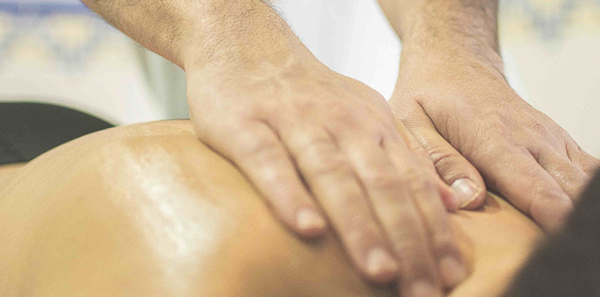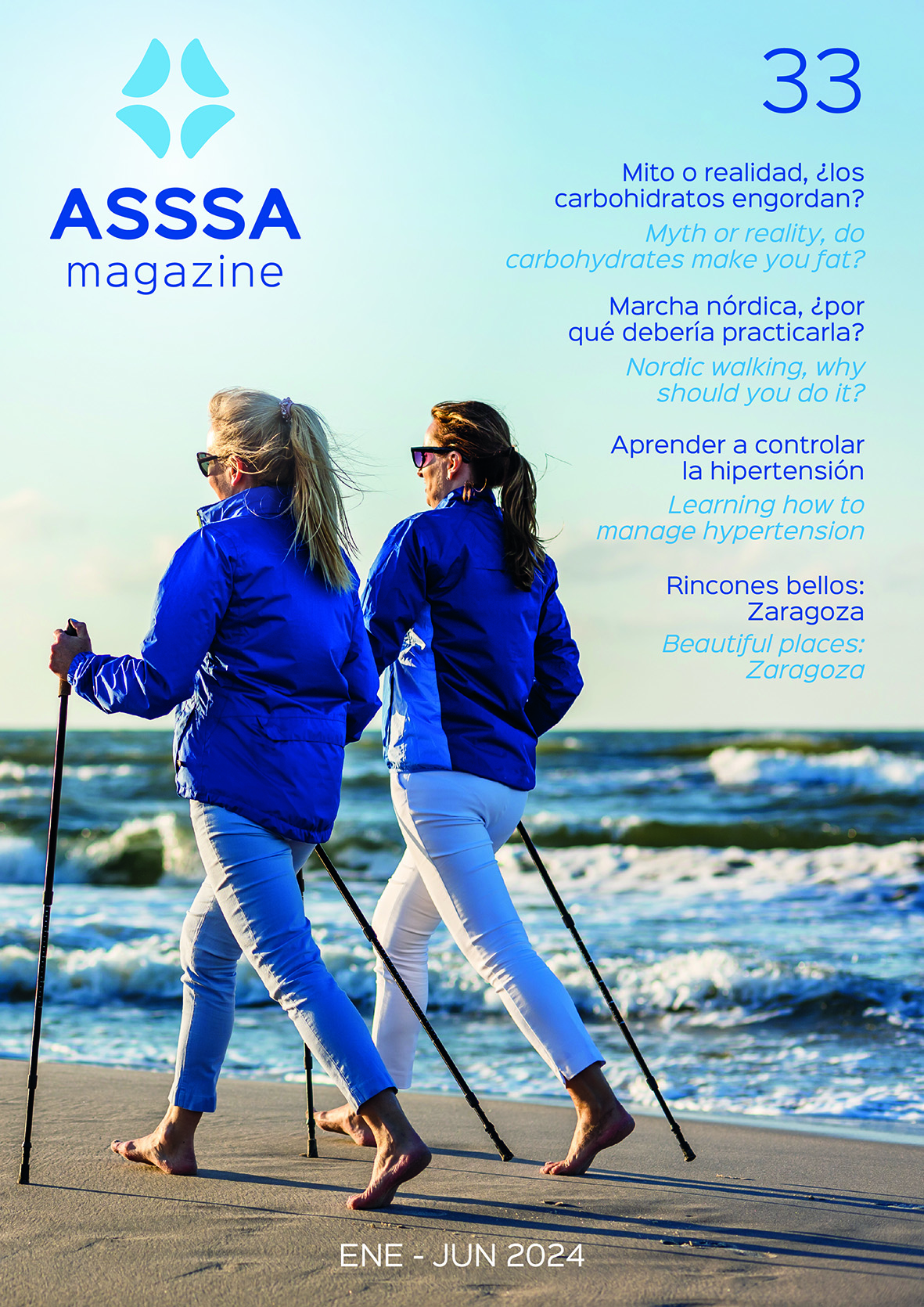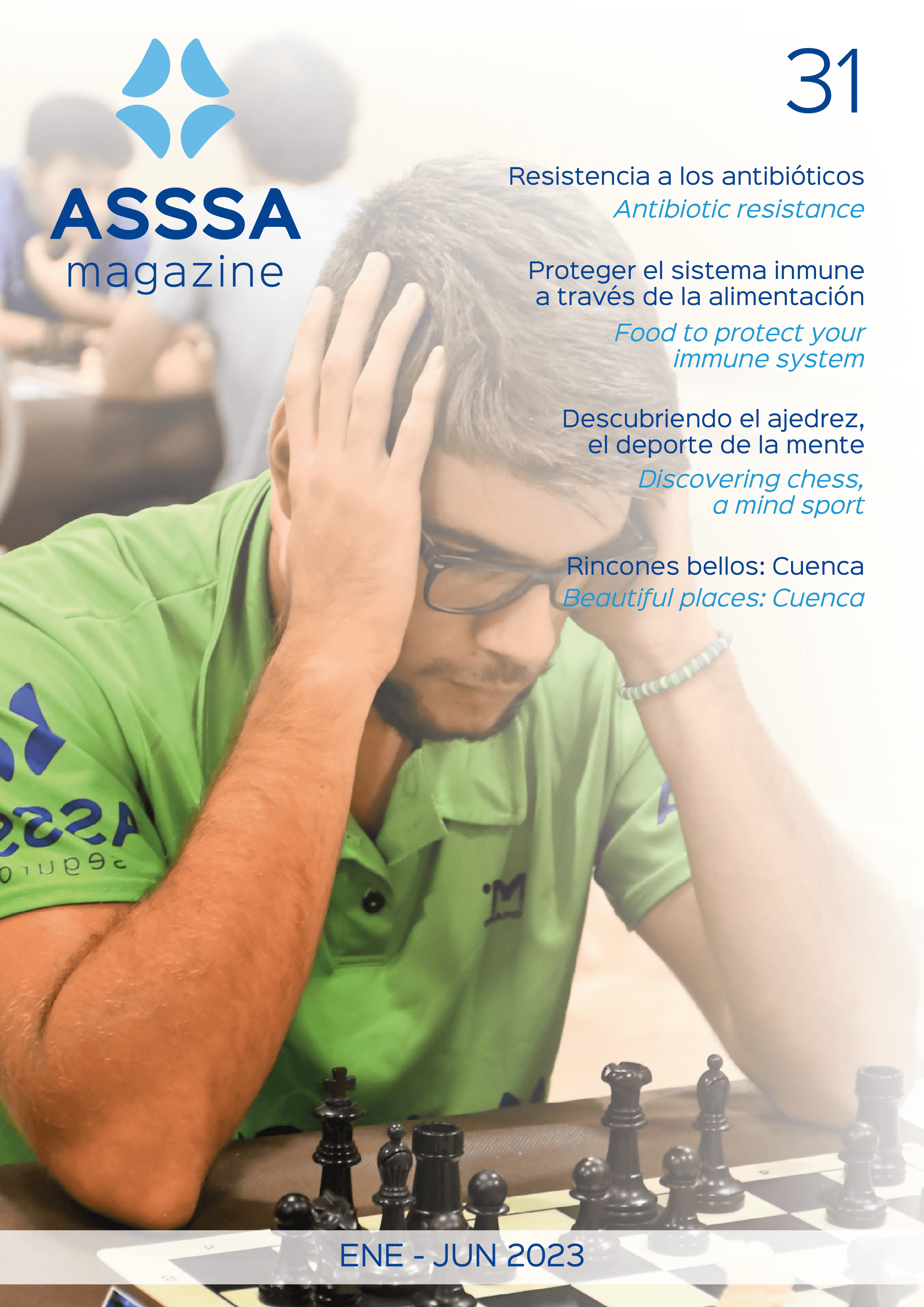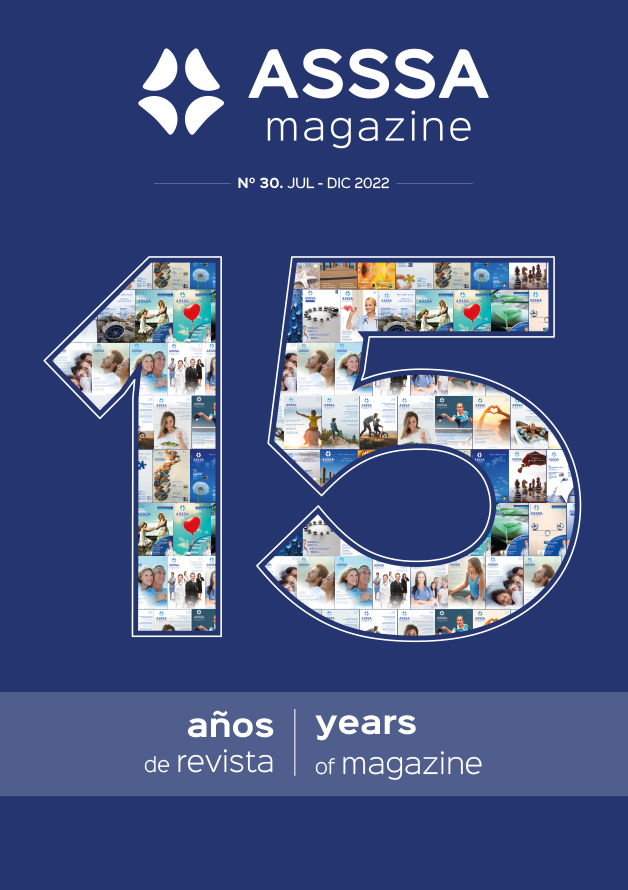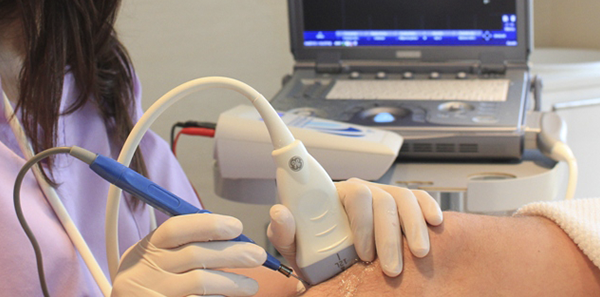
Physiotherapy is a continually evolving profession and in recent years two exciting and extremely effective new techniques have been developed. They differ from other techniques in that they are invasive, meaning that they need to penetrate the skin to reach the injury in the fascia, muscle, tendon or ligament. To do this, the physiotherapist uses very fine needles only 0.25 mm thick and between 13 mm and 70 mm in length, depending on how deep the injury lies.
Although the entry method of both techniques is the same, i.e. penetrating the skin and going straight to the site of the injury, they are in fact quite different.
Intratissue Percutaneous Electrolysis (EPI)
Repairs affected soft tissue by previously irritating it with a direct (or galvanic) current that passes through an acupuncture needle. This produces a localised inflammatory effect which involves a mechanism of phagocytosis, followed by a process in which there is a proliferation of unstructured collagen tissue, followed by repair of the corresponding tissue.
The treatment is done using ultrasound, ensuring that the needle is placed in exactly the right spot in the affected area. This means that it must be applied by an expert physiotherapist who has been properly trained in dry needling techniques, in locating muscle structures by ultrasound and in EPI®.
EPI® is mainly used to treat chronic tendinopathy (pubalgia, Achilles tendinopathy, rotator cuff tendinopathy, tennis and golf elbow, etc.) but it also plays a decisive role in treating an array of other muscle and skeletal injuries such as chronic sprains, muscle injuries, chronic ligament injuries and so on.
Dry needling
Consists of inserting an acupuncture needle inside the tense band of the muscle (without infiltrating any kind of substance) to destroy the trigger point that has formed there and is causing pain. The physiological theory behind this technique is to destroy the motorend plates that are causing this fibrous band to malfunction. In a few days the body replaces them with new plates lacking the hypertonic defective function that was causing the pain.
Progress is being made with this technique not only with sportspeople and traumatology in general, but also with hemiplegic patients, where normalisation of the motor-end plates is proving to be a major advance in their treatment. It leads to enormous progress in correcting lack of muscle tone in these patients, which is the reason why they have difficulty moving around. Normalising muscle tone occurs not only at distal level but also triggers changes in the central nervous system.
Symptoms may increase at some level from 2 to 48 hours after having dry needling treatment, following which, despite the injury having improved, physiotherapy should still be applied to re-educate muscle function and prevent symptoms returning.
D. Javier Lledó – Physiotherapy
The information published in this media neither substitutes nor complements in any way the direct supervision of a doctor, his diagnosis or the treatment that he may prescribe. It should also not be used for self-diagnosis.
The exclusive responsibility for the use of this service lies with the reader.
ASSSA advises you to always consult your doctor about any issue concerning your health.



